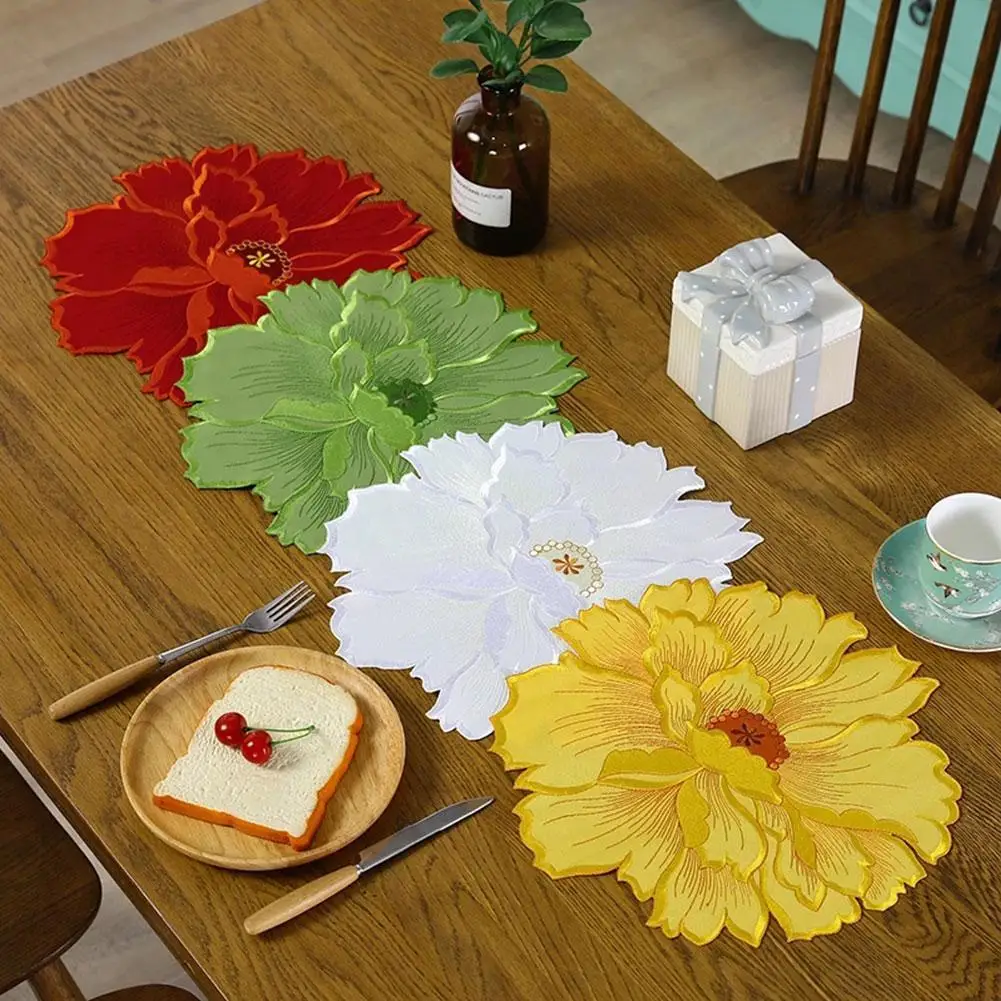The Of Top News Sites
The Of Top News Sites
Blog Article
About Unique Art
Table of ContentsThe Basic Principles Of Unique Art The Basic Principles Of Unique Art The Main Principles Of Unique Art The Ultimate Guide To Unique Art
While one might discuss which art form holds precedence, the reality remains that each of these 7 forms provides an unique home window right into human background, society, and development. They are the tapestries that chronicle our trip, advising us of our past while inspiring visions for the future.Excellent art work informs a story, makes individuals look twice, and develops an one-of-a-kind experience that can't be matched. Art and pictures connect every one of that via shade, form and various other style aspects. Discover just how to make your distinct art work stick out from the crowd.
3 Emil DervishIn this entranceway by Emil Dervish that gorgeous cobalt blue door steals the program. To bring much more dramatization, he prolonged the paint. to the doorframe and the wall up, finishing in an arched form. The contours, along with a round sconce, soften the edges - Unique Art. Frameworks classic posters and maps of precious locations established the scene.
8 TRIA GIOVANEqual parts grand and laidback, this entrance hall developed by Anthony Baratta is the perfect blueprint to comply with if you're embellishing a formal entrance that still really feels unfussy and comfy. Formed textiles take center stage (see the carpetings and the couch), yet they additionally assist bring the high ceilings down to a human scale when hung over wallpaper.
A Biased View of Unique Art
18 Heidi Caillier DesignA gallery wall doesn't require to take up the whole room. Occasionally a little one can make a bigger style declaration. In this living space, Hiedi Caillier opted for micro-mini frameworks and a random structure.
The aspects of this languageits forms, lines, colours, tones, and texturesare used in numerous methods to create sensations of volume, area, movement, and light on a level surface area. These aspects are incorporated into meaningful patterns in order to stand for real or superordinary phenomena, to interpret a narrative motif, or to create wholly abstract visual relationships.
Later on the concept of the "fine musician" developed in Asia and Renaissance Europe. Noticeable painters were paid for the social standing of scholars and courtiers; they authorized their work, decided its layout and often its subject and imagery, and developed an extra personalif not always amicablerelationship with their customers. During the 19th century painters in Western societies started to lose their social setting and secure patronage.
Some Ideas on Unique Art You Should Know
Others gained an income via exploring exhibitions of their work. The need to appeal to a marketplace had actually changed the similar (if less impersonal) demands of patronage, and its result on the art itself was probably similar. Typically, artists in the 20th century might reach a target market just click for info with industrial galleries and public galleries, although their work might have been periodically reproduced in art regulars
For the background of painting in ancient Egypt, see Egyptian art and style. The advancement of paint in various regions is dealt with in a number of articles: Western painting; African art; Main Eastern arts; Chinese paint; Islamic arts; Japanese art; Korean art; Native American art; Oceanic art and architecture; South Eastern arts; Southeast Asian arts. It is the sense of inevitability in this formal organization that offers a wonderful paint its self-sufficiency and presence. The colours and placement of the principal images in a design may be occasionally largely chosen by representational and symbolic considerations. Yet it is the official interaction of colours and forms that alone can interacting a specific state of mind, generating optical feelings of space, quantity, activity, and light and producing forces of both harmony and tension, also when a painting's narrative symbolism is rare.
Don't replicate the style of other artists if you're trying to discover your design. Copying other individuals's artwork can be terrific in academic purposes however it look here will not make you closer to locating your own one-of-a-kind style. Your artistic style has to be, what you like and what inspires you.

The Ultimate Guide To Unique Art
You require to attempt whole lots of different alternatives and discover whatever before you can focus on one certain style or you'll be bored, or worse, you'll dislike your very own design. I recommend you to attempt every single subject that you're interested in, discover as much as you can. Attempt different tools that thrill you and brand-new techniques you've never tried prior to.
With time you'll be able to arrange all of them right find more info into your favorite and least favorite classifications. Try to focus your focus on the topics and tools that you like and before you see it coming you'll have your very own individual and distinct style, like no one else have! In the end you'll have a couple of favored topics to repaint and maybe a couple of preferred mediums.

Report this page